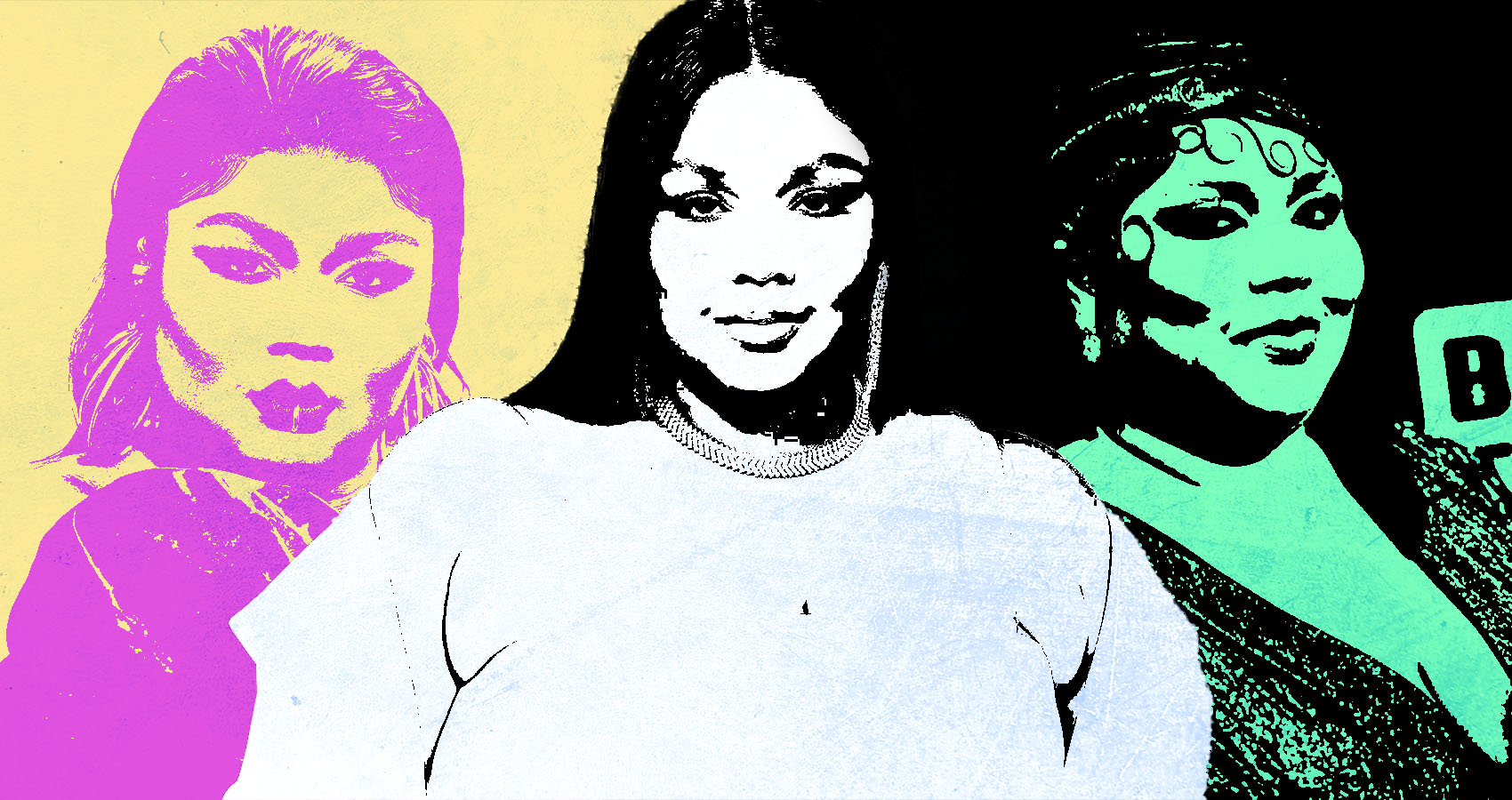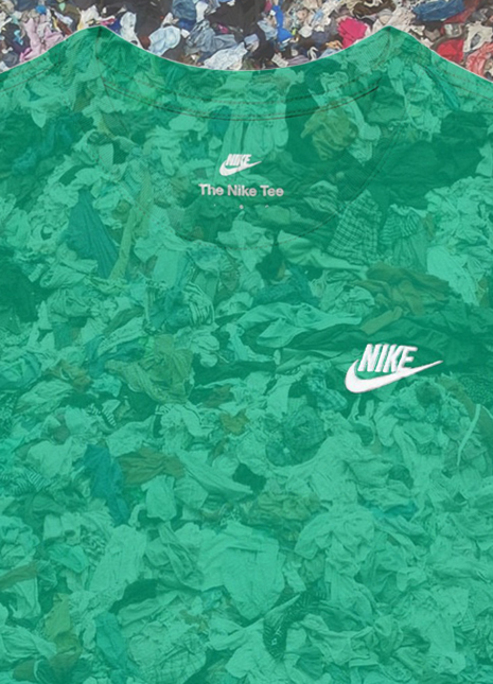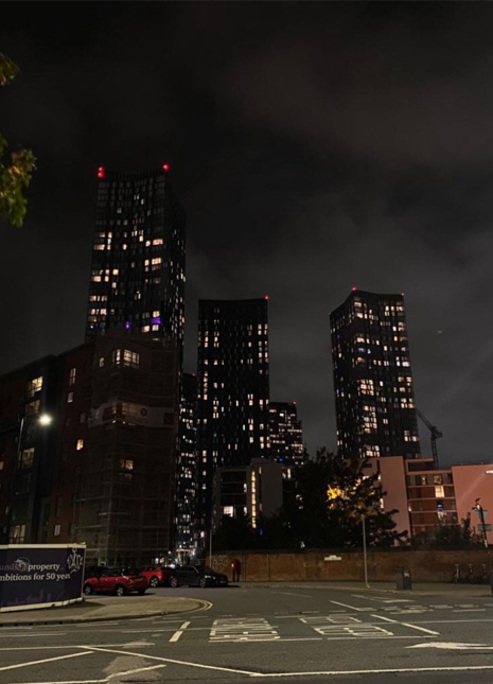
Is Plus Size Inclusivity Just A Fad?
Why do clothes at the big stores not seem to fit as well as the DIY ones?
While brands are trying to appear more inclusive, hiring a little curvier models and putting larger sizes in their stores, the availability and variety of bigger sizes of clothing are still plain wack. Well, you might be thinking, but haven’t things gotten so much better? That thought might be stemming from seeing Lizzo on magazine covers and stretchy dresses that claim to adhere to all bodies. But is what is marketed to you really the truth?
Since the 1920s, clothes have been mass-produced to reach a large number of consumers while also trying to sell them the vision of the ideal body. That body is always slim; it might have a little fat, but always in the right places. Must always exude some sex appeal.And as a brand whose main priority is to cash in as much as you can, what do you do when there is a demand for size inclusivity?
You simply take the original designs, expand them, and mass-produce clothes on those designs.
On a surface level, there seems to be nothing wrong with it. But if you squint a little, you see all the splotches.
You see, women, or the female body in general, are a supposed enigma. No two are the same; no one is an enlarged projection of the other. As you go from a smaller body to a bigger, every part doesn’t just grow out a few inches. The curves, the shapes, the slants—everything changes. There’s no one formula to create clothes, and the bigger you go, the less likely it will fit.
So in essence, unless you get the cloth made specifically for you, it’s not really going to fit you. That’s why perhaps there are so many people taking the DIY route. That, and calling for the end of meaningless mass production of garments.











